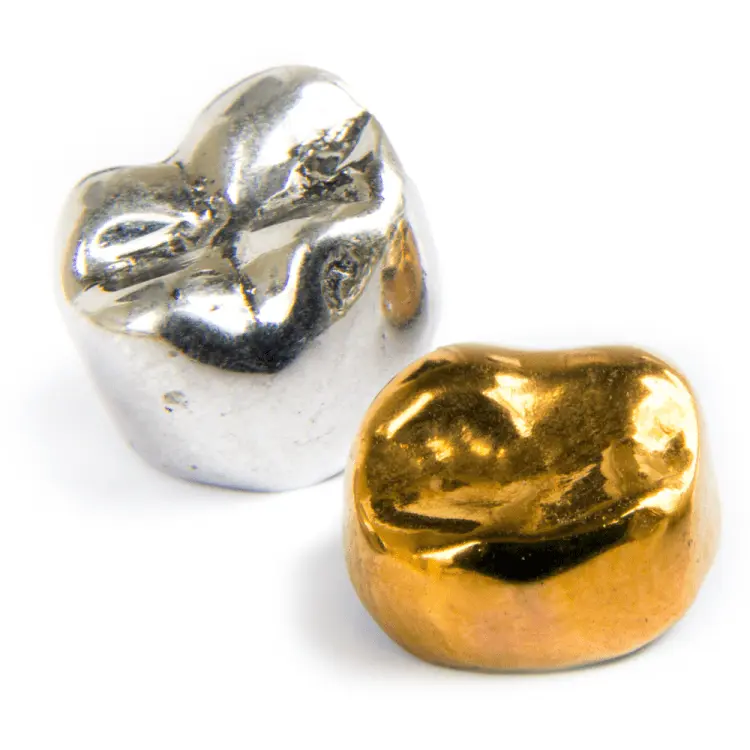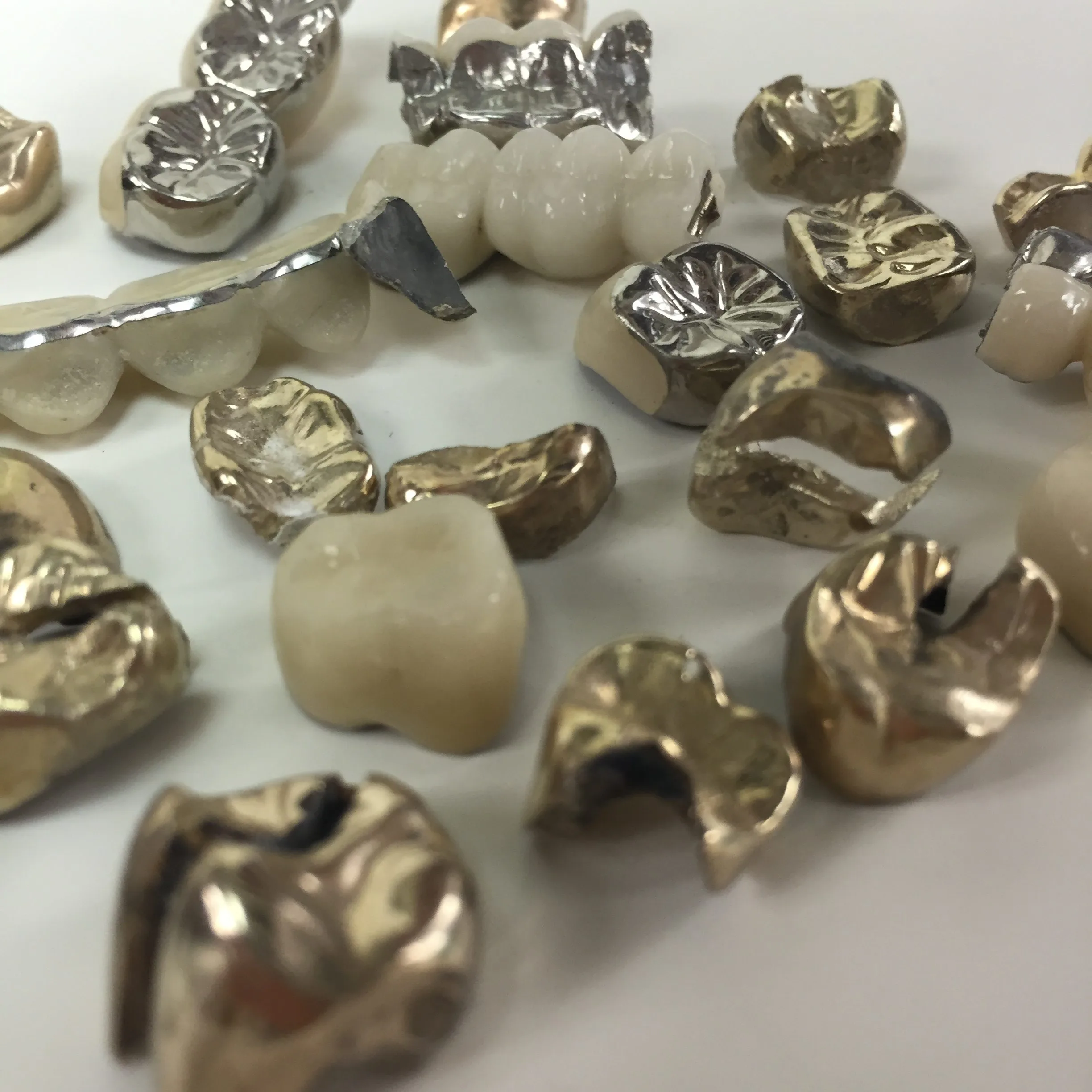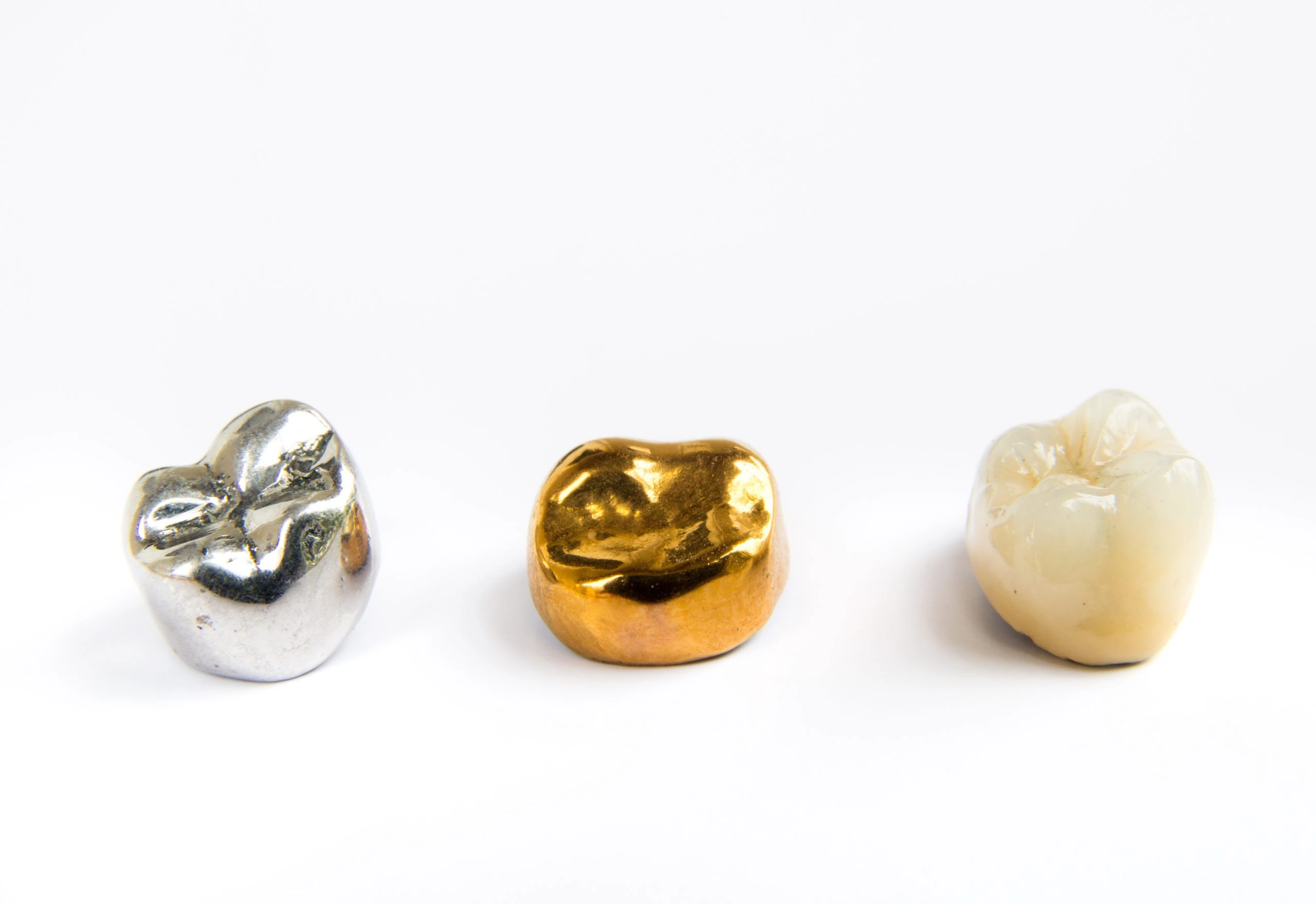Dental scrap recycling: it’s not the most common way to make money, but it can surprisingly lucrative – especially with today’s precious metal prices. Dental offices, labs or anyone with dental gold scrap can potentially reap hefty returns from selling extracted dental crowns and bridges. Just like you’d sell some old gold jewelry to a precious metals refinery, dental gold is another valuable form of metal scrap that could be worth more than you’d think.
Gold prices shattered records in 2024 and the growth has continued through 2025. This past April, gold hit an all-time high of $3,500 per ounce, and silver recently reached a 14-year high of over $39 per ounce. Precious metals like gold, silver, platinum and palladium have always carried intrinsic value – but right now, they’re booming. That means dental scrap is worth more than ever. Here’s everything you need to know about dental scrap refining and how to get the most bang for your buck.

Sell Smart: Choose a Refinery
Not all dental scrap buyers are created equal. These days there are countless ways to sell dental scrap, both online and in person. If you work at a dental practice or lab, you’ve likely encountered scrap buyers offering cash on the spot. Pawn shops and “cash-for-gold” stores may also make immediate offers based on a quick visual inspection. But here’s the thing: there’s no such thing as an accurate visual valuation for dental scrap!
Most cash buyers will simply weigh your materials – and possibly perform an acid test to verify gold content – before offering a flat rate. They usually only account for the visible gold content, which means you’ll miss out on any white metals that may be mixed in with the gold (like silver, platinum and palladium). Then they’ll turn around and sell your scrap to a precious metals refinery like Garfield.
Refineries, on the other hand, melt and assay your dental scrap to determine the exact amount of precious metals present. This process leads to significantly higher payouts. The only advantage of a local buyer is instant payment – but refineries like Garfield are fast too, typically processing payments within 1-3 business days. It’s definitely worth waiting an extra day or two for a higher payment!
What’s an Assay, and Why Does it Matter?
An assay is a scientific procedure used to analyze metal content. At Garfield Refining, this typically involves melting your dental materials into a homogenous composition before testing them in our assay lab. This is the only way to get a precise breakdown of the gold, silver, platinum, and/or palladium.
Why does this matter? Because most dental restorations are alloys – mixtures of multiple metals. For example, a gold crown may also contain platinum, palladium, silver, and even base metals like copper, nickel, or zinc. Most cash buyers only account for the gold, meaning you could lose out on the full value of your scrap.
What to Look for in a Refinery
Before sending in your dental scrap, do your homework. A trustworthy refinery should have:
- A strong Better Business Bureau (BBB) rating
- Decades of experience
- Positive customer reviews
- Partnerships with professional dental organizations like the American Dental Association
(Hint: Garfield Refining checks all of these boxes!)
Good refiners are always transparent about their services. Don’t hesitate to ask questions like:
- Do you offer free shipping?
- Is there a minimum amount of scrap required?
- What’s your assay process like?
Be wary of refiners who can’t answer these questions or don’t answer calls during business hours. The right refinery will make you feel confident throughout every step of the process!
Pro Tip: Add Extra Scrap to Your Shipment
Most precious metal refiners accept more than just dental materials. If you’re sending in a shipment, consider adding old jewelry, silverware, mismatched earrings, broken necklaces, cufflinks, or anything else made from gold, silver, platinum, or palladium. Adding these items can boost your payout significantly.

How Dental Scrap Refining Works
A reputable refinery makes the process as seamless as possible. Here’s how it works at Garfield:
- Request a free shipping label – We’ll send one to you, along with a shipping container if needed. All of our shipments are fully insured, so you can send us your scrap with peace of mind.
- Package and ship your dental scrap – Use any sealable envelope or container – just make sure your materials are secure.
- We process your shipment – Once your material arrives, we’ll melt and analyze it to determine the precise metal content. Your payment will then be calculated based on that day’s spot price of gold, silver, platinum and/or palladium – whichever metal(s) are present in your items.
Get paid fast – Payments are issued within 1–3 days of processing. Choose from check, ACH direct deposit, or even bullion exchange if you prefer physical gold or silver.
Which Types of Dental Scrap Can I Refine?
Everything! And you don’t need to clean or sort the material. Real refiners melt and assay it all, discarding anything that’s not valuable.
Common examples of dental scrap include:
- Crowns
- Bridges
- Onlays and inlays
- Partial dentures
- Implants
Don’t worry if there’s still some porcelain, cement, or organic material attached to your scrap – just send it in. The refining process will separate precious metals from any waste.
North America’s Best Dental Refinery
Established in 1892, Garfield Refining has helped over a million customers get the most for their gold, silver, platinum, and palladium. We serve customers of all types – jewelers, pawnbrokers, individual sellers and more – but our expertise in dental refining is what sets us apart. That’s why we’ve been named ‘Best Refiner’ by Dentaltown Magazine for 14 years straight.
Whether you’re a dental professional or just someone with an old gold crown tucked away, we’ll help you get the most for your metal!
Ready to sell your dental scrap? Get started today with a free shipping label!

